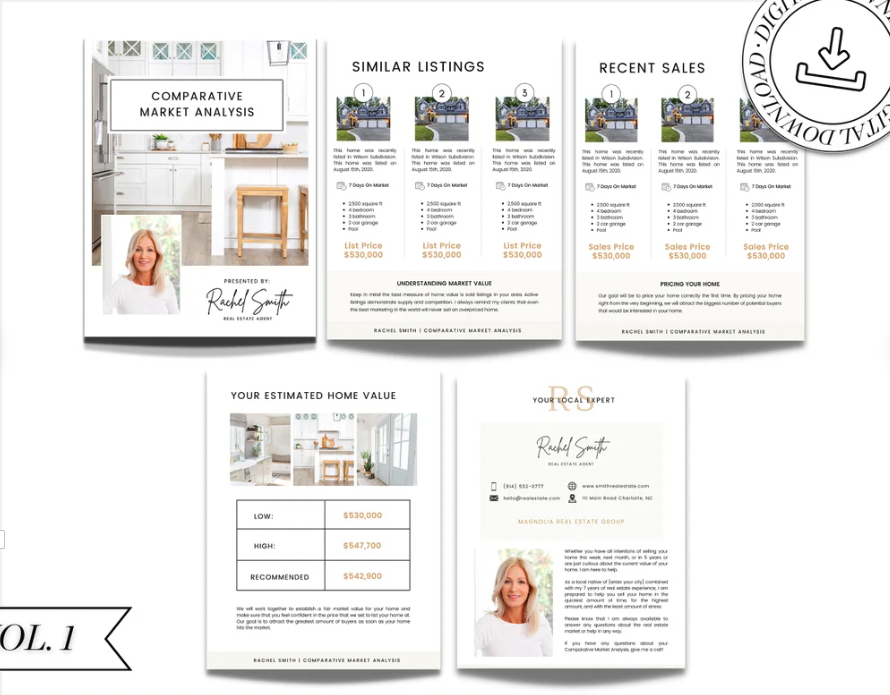How to Do a Comparative Market Analysis (CMA Report Tips for Agents)
A comparative market analysis (CMA) is a crucial tool for all real estate agents for more than one reason. These reports are created by comparing one property to recently sold properties in their area, and they help determine a fair and accurate listing price for a home. Whether you're the listing or buying agent, the ability to conduct an accurate and comprehensive CMA is an essential skill that will contribute to your success in business and with clients.
However, most agents aren't taught how to do a comparative market analysis in their real estate certification class or from their brokerage. Even though it can seem overwhelming, any real estate agent with some determination can learn exactly how (and why!) to create an in-depth comparative market analysis.
In this step-by-step guide, we'll discuss:
- The Purpose of a CMA
- 4 Simple Steps to Create a Comparative Market Analysis
- Comparative Market Analysis Examples & Templates
- How to Use CMA's to Get More Listings
Want to learn how to sell listings for more money in less time? There's only one proven strategy that sells houses for up to 20% more--learn more about virtual staging today.

What's the Purpose of a Comparative Market Analysis?
There are two important reasons to conduct a CMA. The first, and probably most obvious, is accurately determining a home's fair market value. Even the most experienced real estate agent cannot accurately guess the perfect list price for a property without information about recent comparable sales.
For listing agents, it's important to have a comparative market analysis that shows your clients the cold hard facts behind your decisions. Without having concrete data, they might want to list their home at a price that is unlikely to get the best results.
Another purpose of a CMA is to either get new leads or to convert existing leads into clients. It can essentially serve as a tool to display your expertise, professionalism, and communication. For homeowners who are considering selling their house, giving them a detailed report that clearly outlines their home's features along with recent sales and data can be an extremely powerful tool to build your authority and trust.
Plus, learn more strategies to market yourself as an agent.
4 Simple Steps to Create a Comparative Market Analysis
If you choose, doing a comparative market analysis can be a very complex task with an extensive amount of information and calculations. However, the process essentially boils down to four simple steps and can stay relatively straightforward. The first and most time-consuming step is to do your research. Next, you'll compare the data to determine the property's market value, and then compile it into an easy-to-read document to share with your clients.
1. Research, Research, Research
There are three primary areas you'll be researching to create your CMA; the individual property, comparable properties, and the local real estate market.
For the most accurate comparative market analysis, you should gather as much detail about the subject property as possible. Use your local MLS (multiple listing service) to get property details like:
- Square footage
- Lot size
- Number of bedrooms and bathrooms
- Location
- Year built
- Updates (renovations, etc.)
- Notable features
- School district
- Taxes
It's ideal to actually walk through the property before creating your CMA, because then you can most accurately evaluate its condition and notable features.
You can also take a tour around the neighborhood if you aren't already familiar with it. Take note of the overall quality of the neighborhood, considering the types of houses, proximity to parks and school districts, and common features like pools, patios, or covered porches.
Once you have a good handle on the property and the area, it's time to find comparable homes, commonly referred to as "comps." An ideal comparable property will be in the same neighborhood, sold within the last 6 months (or 12 months maximum), have a similar size, and similar number of bedrooms and bathrooms. You'll need to find the sales prices of each home, the price per square foot, and any price adjustments.
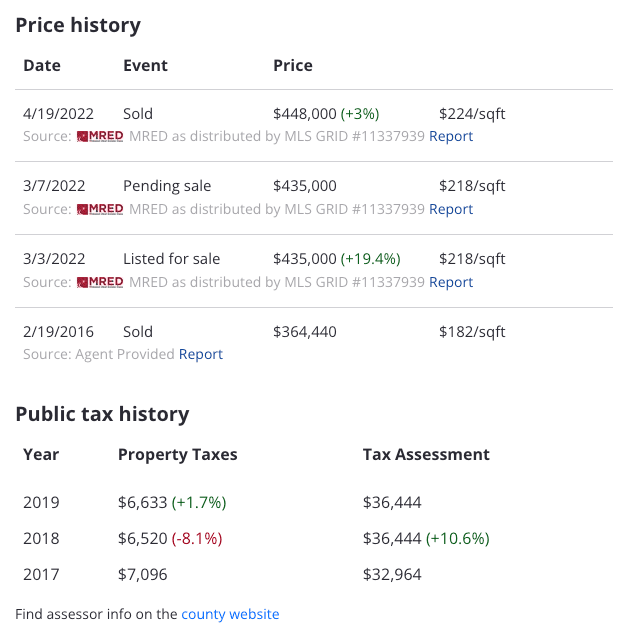
Sales history data available on Zillow
It isn't always possible to find ideal comparisons, but gather 2-4 of the most similar properties you can find. Use tools like the MLS, Zillow, Property Shark, or Redfin to search through recently sold homes by price, features, location, and more. Although active listings and expired listings generally won't provide as much sales data, they're valuable resources to consider.
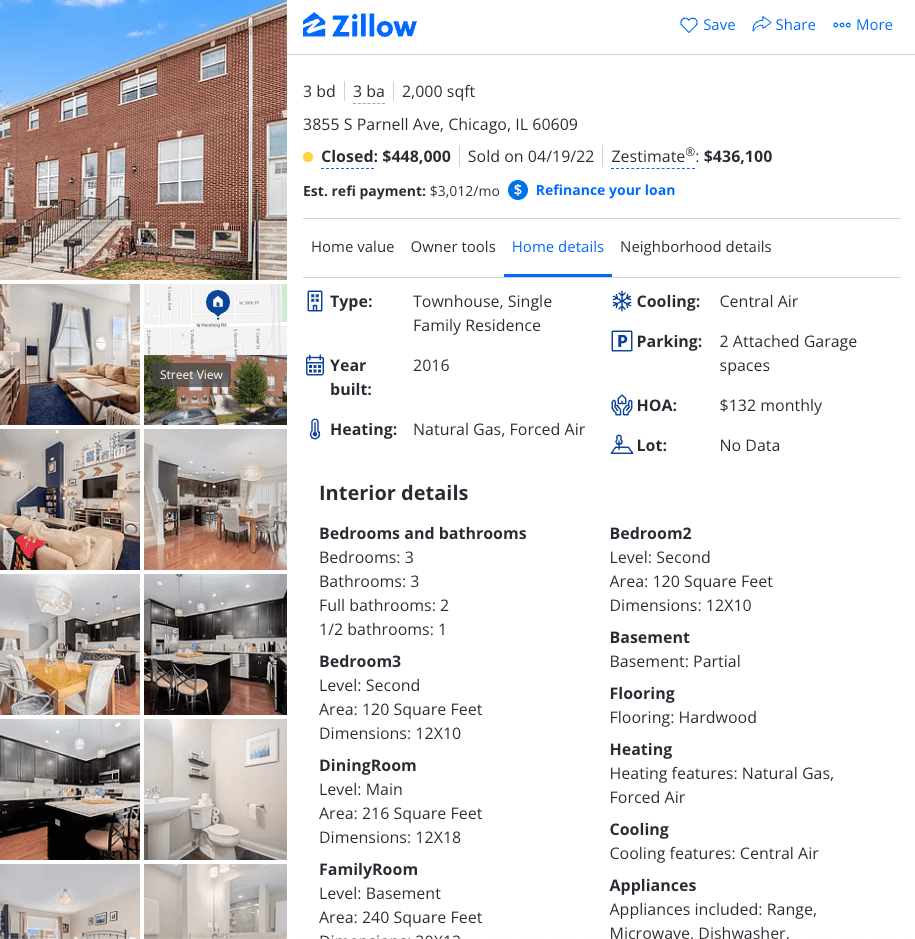
Property data available on Zillow
Finally, the last thing you need to research is the local real estate market. Every local market has slight differences, so take the time to find out what type of home features are most desirable with local buyers. Take note of other overall market trends like construction, school districts, interior finishes, and landscaping.
For more information on what appeals to buyers, read our article about what buyers want.
2. Compare the Data
Now that you have raw data, it's time to actually see what it all means for your clients.
Start by lining up all the data you gathered about your client's home and comparable homes. Even if this is your first time creating a CMA, you might notice some clear patterns emerging right away.
If you aren't naturally adept at doing research and digging through data, you aren't alone. Many real estate agents struggle with this skill, but it doesn't have to prevent you from creating great reports. There are many different tools online that make it easy to sort through data or even generate all data in a few clicks. If you're interested in simplifying the process, check out Cloud CMA, MoxiPresent, or Top Producer.
Use the data and information you have to make a general proposal about the market value of your clients' home and the best listing price. Highlight the most important information to support your plan.
Once you have a decision you feel good about, you can start compiling the data into a report.
3. Input the Data into a CMA Report
If you bring a bunch of miscellaneous real estate data to your potential clients, they will be totally overwhelmed. Turning the raw data into an actual report doesn't have to be complicated, but it should be organized.
As you compile your comparative market analysis, keep your focus on your clients instead of your own real estate business. For example, you might be fascinated with your findings and happily create a spreadsheet with 15 columns worth of sales data about the current market--but is all of that information useful for the homeowners?
If your clients are interested in the real estate industry, then it might be worth including everything you find. However, many other home sellers only need basic information about their home's current market value.
There is no one-size-fits-all format for CMAs, so you can use a simple spreadsheet, bulleted document, or create a branded packet. The most important things to remember are:
- Make it easy for your client to understand
- Support your pricing proposal with clear, accurate data
After all, real estate marketing is an art, not a science. The methods that work best for you will depend on your audience and your personal strengths and weaknesses. For more ideas, check out the CMA examples below.
4. Share the Data With Clients
After researching, comparing, and packaging the information, you can finally share the CMA with your client. Be prepared to answer their questions and back up your findings with facts.
Presenting your CMA is also a great time to discuss your listing marketing plan. This is another way to show your skills to potential leads, and it helps you keep the lines of communication open with current clients.
What's Included in a Comparative Market Analysis?
Since there is no universal template for comparative market analyses, it can be confusing to figure out what you should and should not include. Some CMA's are very simple, with a few similar properties and then your final evaluation, while others can be extremely complex and include a large amount of data.
Ultimately, the type of CMA you use should depend on its purpose and your audience. If you're creating a comparative market analysis for new real estate leads, you may want to include some additional marketing pieces like your bio, accomplishments, past successes, and positive testimonials.
On the other hand, if it's your fifth time selling a house for real estate investors, you can simply keep the report focused on the most important data.
As a general rule, every comparative market analysis should include at least the following information:
- Subject property information (square footage, lot size, bedrooms, bathrooms, year built, condition, most notable home features)
- Comparable property information
- Market value of recently sold comparable properties
Comparative Market Analysis Examples & Templates
Although there are many valuable paid tools, it's very possible to create a comparative market analysis for free. With some great researching skills, savvy market expertise, and access to the local MLS, you could create a comprehensive CMA in a simple spreadsheet.
You can also find beautifully designed CMA templates on Etsy, or creative a digital presentation like the example from Cloud CMA. Look through a few options to get ideas for the best format for your audience.
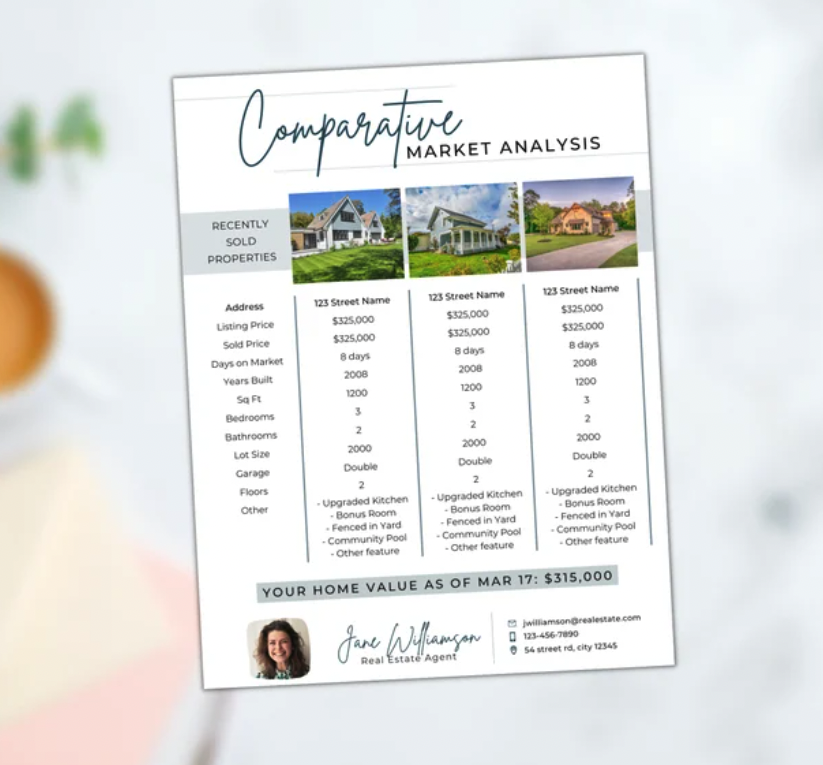
One-page CMA report from Etsy

Digital CMA report from Cloud CMA
Using a CMA in Your Real Estate Business
Presenting a well-researched and well-thought-out CMA report is one of the best ways to prove your merit as a real estate agent. Now that you have step-by-step instructions to create your own, you have a valuable tool to get more listing and seller leads.
The CMA should only be the first tool that impresses your clients, not the last. With virtual staging, you can sell homes for more money in less time without requiring sellers to empty their whole home. Try virtual staging today and get staged listing photos in 24 hours!
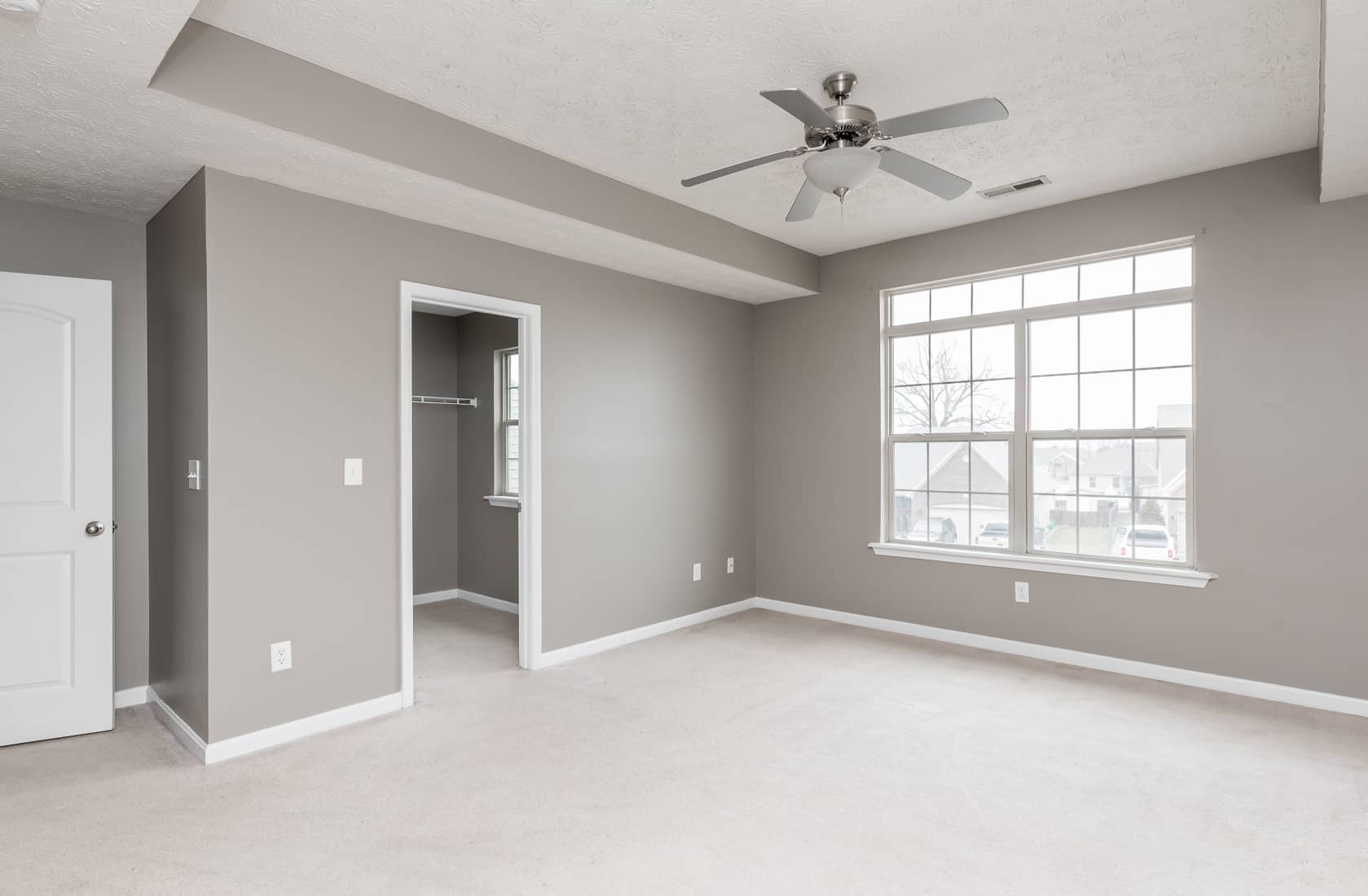

Related posts:


